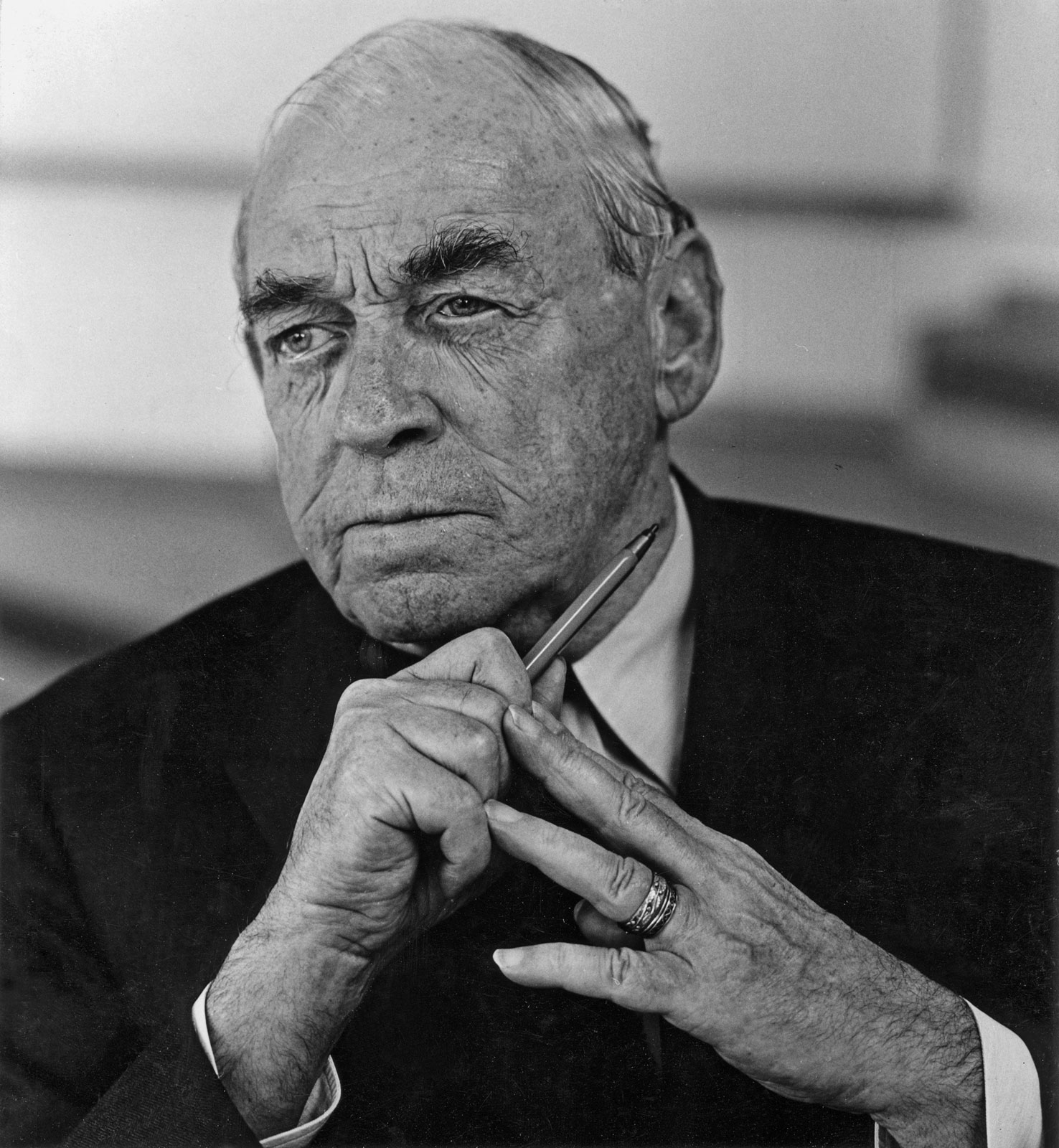Alvar Aalto – The Humanizing of Architecture

“The Architectural Forum”, vol. 73, November 1940, pp. 505-506.
Architecture is a synthetic phenomenon covering practically all fields of human activity.
[…] Modern architecture has been functional chiefly from the technical point of view, with its emphasis mainly on the economic side of the building activity. Such emphasis is desirable, of course, for production of good shelters for the human being has been a very expensive process as compared with the fulfillment of some other human needs. Indeed, if architecture is to have a larger human value, the first step is to organize its economic side. But, since architecture covers the entire field of human life, real functional architecture must be functional mainly from the human point of view. If we look deeper into processes of human life, we shall discover that technic is only an aid, not a definite and independent phenomenon therein. Technical functionalism cannot create definite architecture.
[…] It is not the rationalization itself which was wrong in the first and now past period of Modern architecture. The wrongness lies in the fact that the rationalization has not gone deep enough. Instead of fighting rational mentality, the newest phase of Modern architecture tries to project rational methods from the technical field out to human and psychological fields.
[…] The present phase of Modern architecture is doubtless a new one, with the special aim of solving problems in the humanitarian and psychological fields. This new period, however, is not in contradiction to the first period of technical rationalization. Rather, it is to be understood as an enlargement of rational methods to encompass related fields.
During the past decades architecture has often been compared with science, and there have been efforts to make its methods more scientific, even efforts to make it pure science. But architecture is not a science. It is still the same great synthetic process of combining thousands of definite human functions, and remains architecture. Its purpose is still to bring the material world into harmony with life. To make architecture more human means better architecture, and it means a functionalism much larger than the merely technical one. This goal can be accomplished only by architectural methods – by the creation and combination of different technical things in such a way that they will provide for the human being the most harmonious life.
“The Architectural Forum”, vol. 73, Novembre 1940, pp. 505-506.
L’architettura è un fenomeno sintetico che abbraccia praticamente ogni campo dell’attività umana.
[…] L’architettura moderna è stata funzionale soprattutto dal punto di vista tecnico, privilegiando essenzialmente l’aspetto economico dell’attività edile. Ciò era auspicabile certamente per fornire un buon tetto all’essere umano, ma risultava estremamente dispendioso per soddisfare altri tipi di bisogni umani. In effetti, se l’architettura deve avere un maggior valore per l’uomo, il primo passo è quello di organizzarne l’aspetto economico. Ma, dato che l’architettura abbraccia l’intero spettro della vita umana, una vera architettura funzionale deve essere funzionale principalmente da un punto di vista umano. Se esaminassimo accuratamente i processi della vita dell’uomo, vedremmo che la tecnica è un mero supporto e non un fenomeno limitato e indipendente a detto processo. Il funzionalismo tecnico non è in grado di creare una vera architettura.
[…] Non è la razionalizzazione in quanto tale ad essere sbagliata nel primo e ormai passato periodo dell’architettura moderna. L’errore sta nel fatto che la razionalizzazione si è fermata in superficie. L’attuale architettura moderna si sforza di proiettare i metodi razionali dal settore tecnico a quello umano e psicologico senza scontrarsi con la mentalità razionale.
[…] Con l’architettura moderna si è entrati indubbiamente in una nuova fase che tende a risolvere i problemi dell’ambito psicologico e umanitario. Questa nuova fase non è in contraddizione con la prima fase di razionalizzazione tecnica e va dunque interpretata quale un ampliamento dei metodi razionali che inglobano i campi correlati.
Negli ultimi decenni l’architettura è stata spesso paragonata alla scienza. L’architettura si è sforzata di rendere i suoi metodi più scientifici e addirittura nel tramutarsi in mera scienza. Ma l’architettura non è scienza. L’architettura rimane il medesimo immenso processo sintetico che amalgama migliaia di specifiche funzioni umane ma è sempre e solo architettura. Il suo obiettivo è l’armonia del mondo materiale con la vita. Rendere l’architettura più umana significa una migliore architettura il che implica un funzionalismo ad ampio raggio libero dai limiti dei meri tecnicismi. L’architettura con i suoi metodi è in grado di raggiungere tale obiettivo – creare e abbinare vari elementi tecnici che offrano all’uomo la più armoniosa delle vite.

 English
English